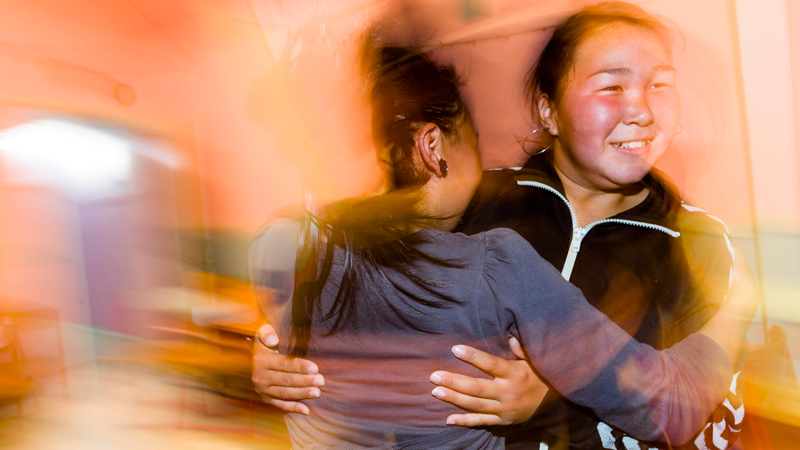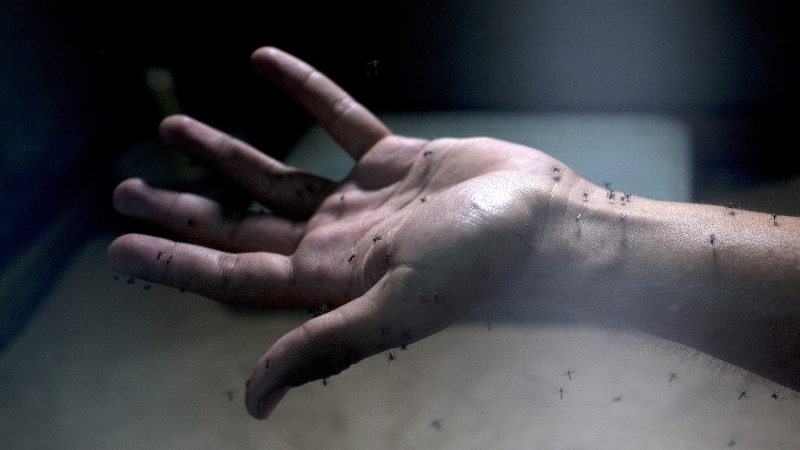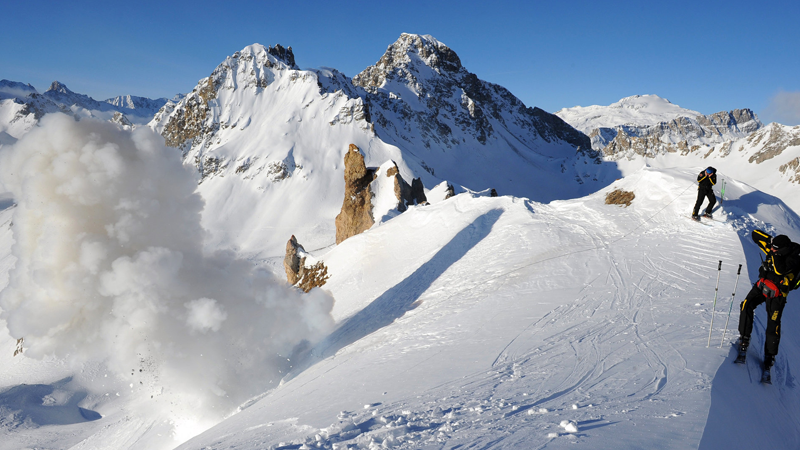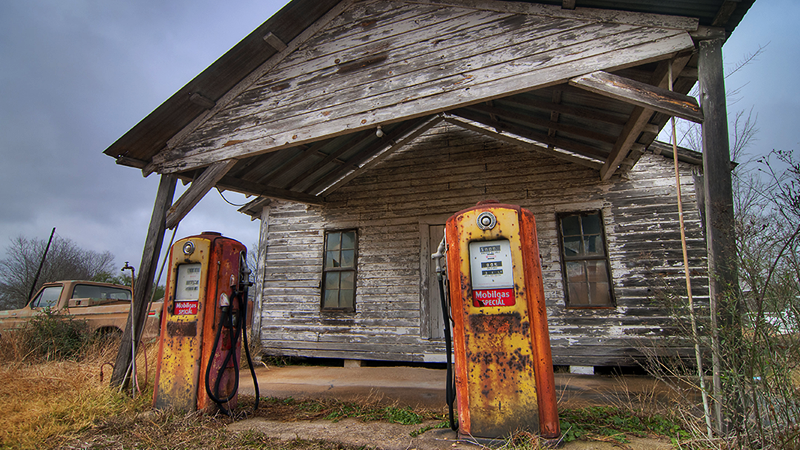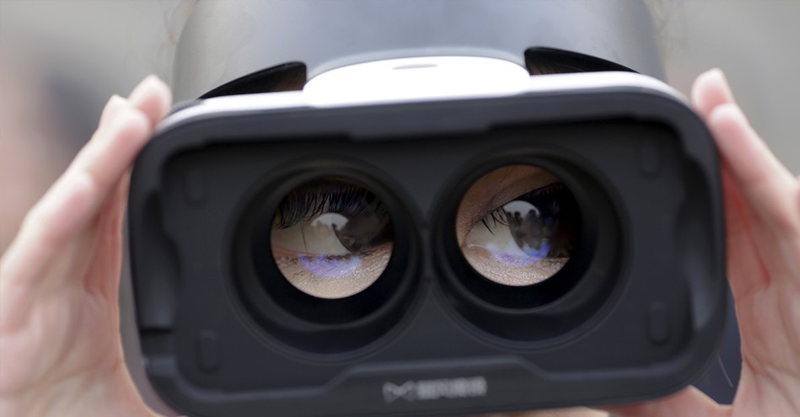Inuit who live in Greenland experience average temperatures below freezing for at least half of the year. For those who live in the north, subzero temperatures are normal during the coldest months.
Given these frigid conditions, anthropologists have wondered for decades whether the Inuit in Greenland and other parts of the Arctic have unique biological adaptations that help them tolerate the extreme cold.
A new study, published on Wednesday in Molecular Biology and Evolution, identifies gene variants in Inuit who live in Greenland, which may help them adapt to the cold by promoting heat-generating body fat. These variants possibly originated in the Denisovans, a group of archaic humans who, along with Neanderthals, diverged from modern humans about half a million years ago.
“As modern humans spread around the world, they interbred with Denisovans and Neanderthals, who had already been living in these different environments for hundreds of thousands of years,” said Rasmus Nielsen, a professor of integrative biology at the University of California, Berkeley and an author of the paper. “This gene exchange may have helped some modern humans adapt to and conquer new environments.”
The new study follows earlier research by Dr. Nielsen and colleagues, which found genetic mutations that might help the Inuit metabolize unsaturated fatty acids common in their diet of whales, seals and fish.

